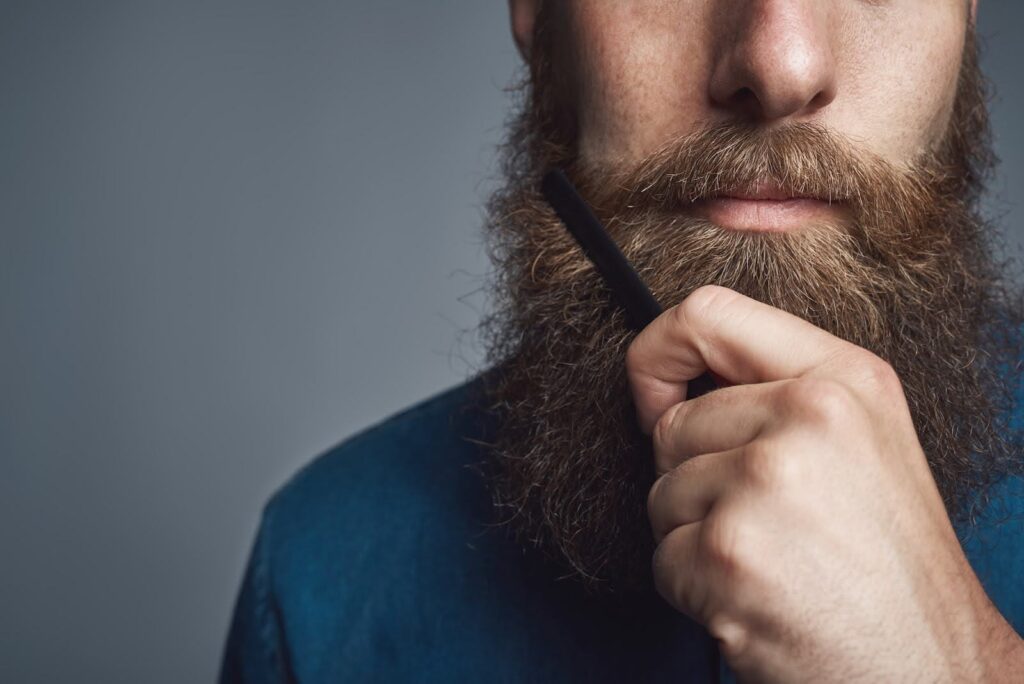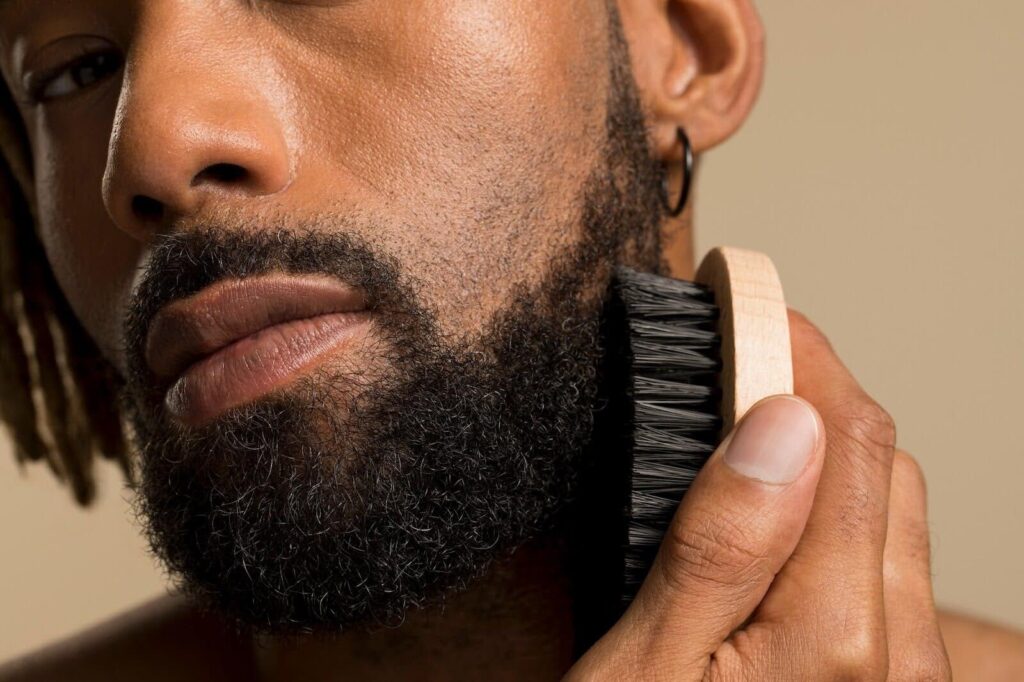Are Beard Transplants a Thing?
The short answer is yes. Beard transplants are a thing. They’re also called facial hair transplants. In the last five or so years, facial hair transplant procedures have become more popular, although they’re not offered by all hair replacement providers (Note: Nashville Hair Doctor does perform beard transplants).
Their popularity might be due to the fact that beards have simply become more fashionable. The funny thing is, many men are going for the “designer stubble” effect, not a full beard. It seems a little bit of an overkill to have a beard transplant just to sport a nice unkempt stubble. But of course we’re not here to judge!
Before we talk beard transplants, however, let’s get one thing out the way, and that is the word “transplant.” If you think it means you’re getting someone else’s hair, you can be forgiven. After all, that’s what heart and liver and kidney transplants do.
Hair Transplants of Old vs Modern Hair Restoration
In the world of men’s cosmetic surgery, however, a hair transplant means taking your own hair from somewhere on your head – there are different methods of getting it extracted – and implanting it somewhere else. Still, in most of us, the word “transplant” elicits negative feelings. We think of men of our fathers’ generation who have unpleasant memories of long ago hair transplant procedures they’d rather forget about. We think of surgical instruments, anesthesia, doctors, and a lot of hassle. We think of stitches and scars and patchy hair grown long to conceal those scars.
Modern hair transplants bear little resemblance to any of that. We actually prefer the term “hair restoration” – a procedure to restore your hair to its previous growth pattern before it started thinning out or disappearing altogether. Today’s advanced hair restoration procedures such as NeoGraft use state of the art technology to extract your hair, follicle by follicle, from the donor area and reinsert it to the area where you want to grow it. They are so minimally-invasive that you barely notice what’s going on. All you need is an open afternoon on your schedule, and you could be back at work the next day with new, budding hair follicles safely implanted all over your scalp, simply waiting to grow.
Reasons for a Beard Transplant
Back to beard transplants. At first glance, the idea of a beard transplant seems weird, right? Most men spend a good portion of their lives shaving away their beard every morning. Why would they want to add more hair to that?
Here are several reasons to get a beard transplant:
- Men with patchy facial hair growth who haven’t been able to grow much of a beard can benefit from a transplant.
- Men who want to grow thicker sideburns could also benefit from a transplant.
- Facial hair transplants can be used to conceal acne scars or other skin problems.
- People who have had laser hair removal done that went too far can start hair growth again with a facial hair transplant.
- Illness or genetics can cause hair loss both on the top of your head and in your face; some people may prefer to regrow their hair in form of a beard rather than on their heads.
- Transgender female to male patients may also elect to restore, or rather create, facial hair.
What You Should Know About Beard Transplants
For a facial hair transplant, just like it is done for a regular hair transplant, the donor hair is taken from the back of your head, where hair growth is thickest. For the recipient area, you are not limited to areas where you have experienced hair loss. You can have hair grafts inserted wherever you want, even in areas where you’ve never had any facial hair. A good transplant specialist will make sure to sprinkle in gray hairs into your beard as needed to make it look completely natural.
As you might expect, the number of grafts needed for a beard transplant isn’t as high as that for a hair transplant. You can get by with 300-500 grafts for a mustache, 600-800 for a goatee, or 400-500 for a set of sideburns. A full beard brings you closer to the 2,000 grafts for an average hair transplant on the top of your head.
Once you’ve had a beard transplant, your facial hair will grow just like normal hair. And, one might add, it is perfectly safe to trim your newly acquired beard just like you normally would – just don’t shave close to the skin for the first few months.
Risks From Beard Transplants
As with any surgical procedure, there are certain risks that come with a beard transplant. You can experience bruising, swelling, redness, pain, even scarring. All these are the same risks a regular hair transplant carries with it, however most people may be more self-conscious about their face than the top of their head. Any facial procedure from removing a mole to having a face lift is likely to have you more concerned about potential side effects than on another part of your body. It’s easy to conceal the top of your head by wearing a hat. It’s impossible to conceal your face, and hair transplants do take longer than most cosmetic procedures to take hold, as they have to rely on the rate of the hair to grow cassino fresh.
The good news is that Follicular Unit Extraction is done under local anesthesia only, meaning the risks associated with general anesthesia as in other plastic surgery procedures don’t apply, whether it’s for a hair or a beard transplant.
Ready to get started? Upload your pictures and answer a few questions to receive a FREE, no-obligation quote and restoration plan within one business day.

